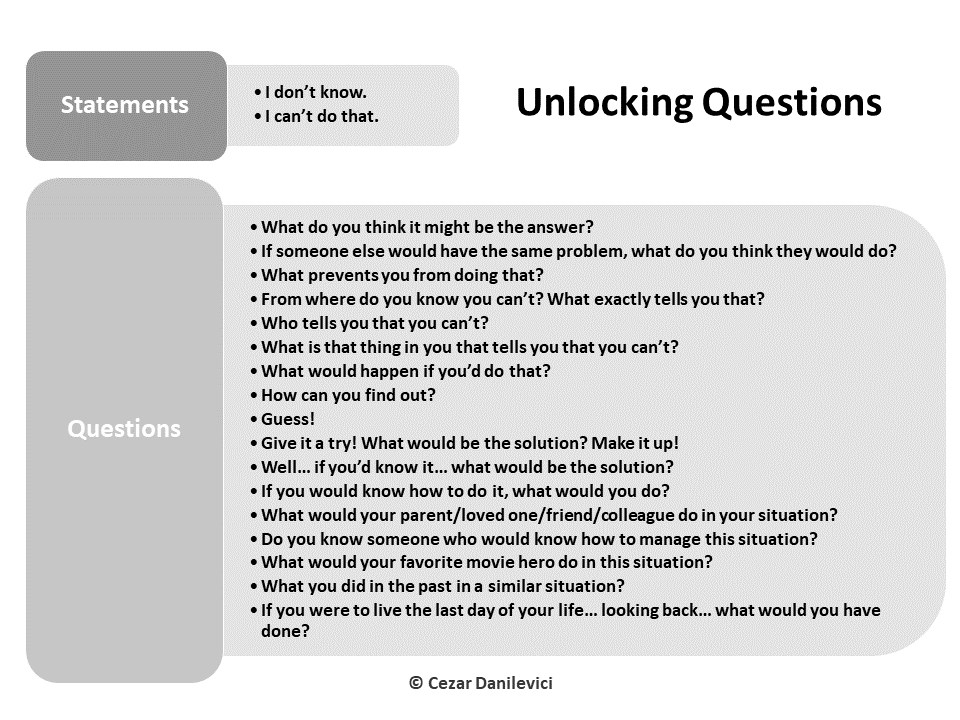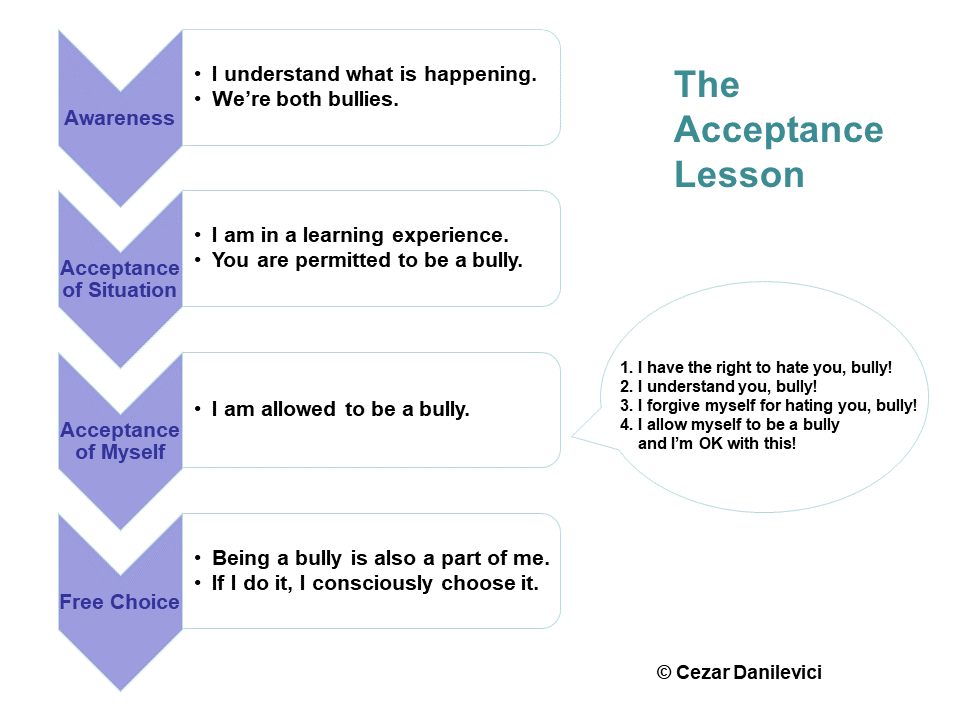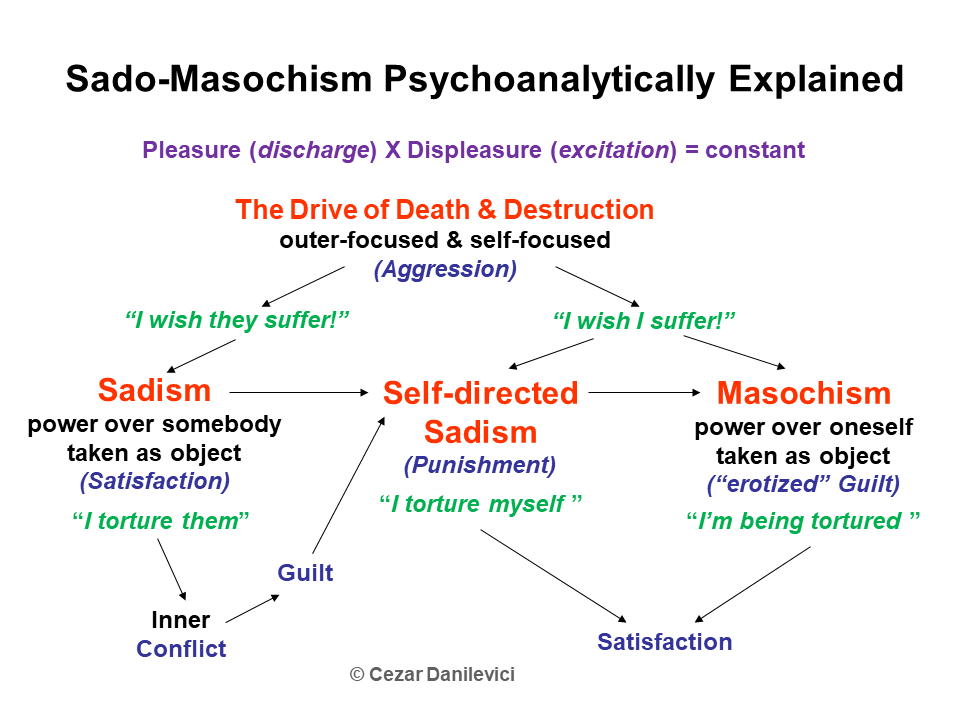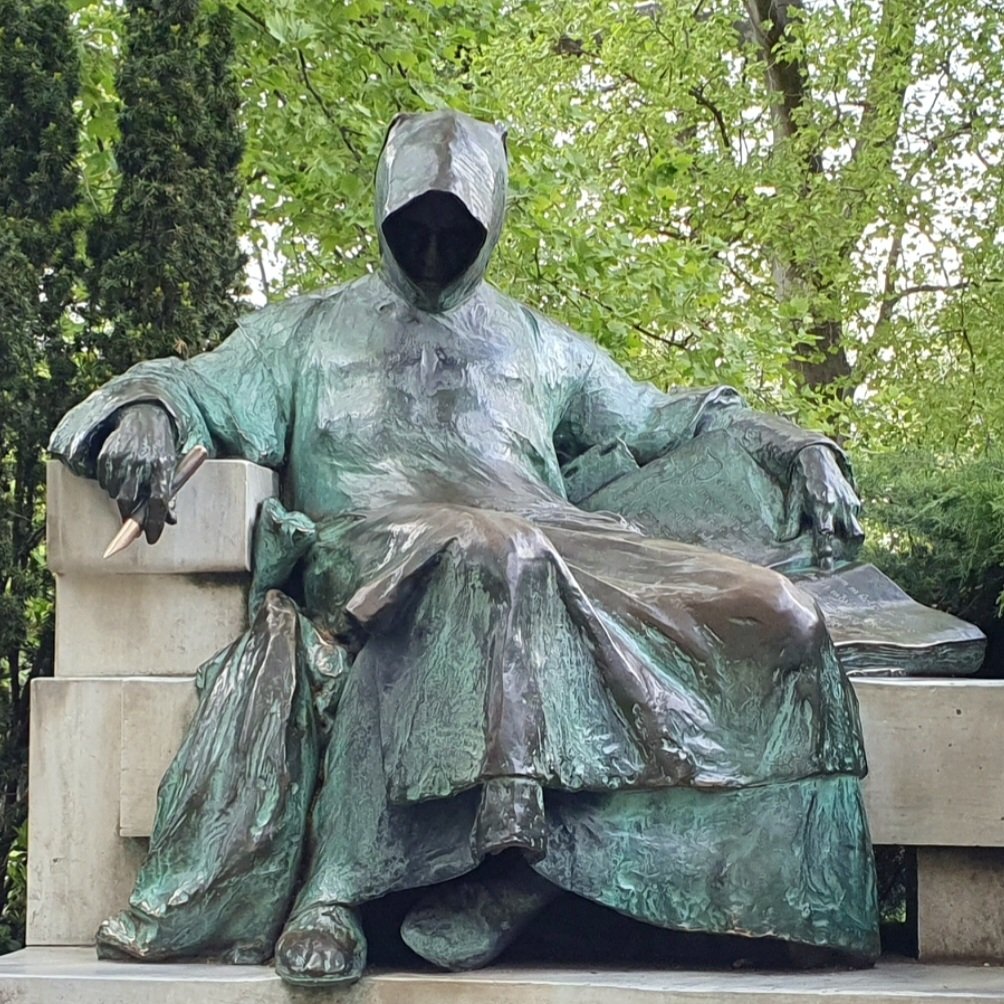Damned if you do, damned if you don’t.
One of the typical concepts of psychoanalysis, and later psychodynamics, is the concept of unconscious mind. Freud had this revolutionary idea and developed it during the rest of his life. The psychodynamics of today is based on this concept: that the unconscious is a thing…
Now, historically, Freud described 3 parts of our mind or the structure of the psyche: the Id, the Ego and the Super-Ego. It is however important to look at the German translations so as to get a glimpse of their meaning.
The Id was originally written as “Das Es” or “the It” in English; “it” has no gender, is universal, and was initially thought as containing a set of instinctual desires. This idea persists today in the concept of unconscious as that part of the psyche containing irrational, illogical and apparently unthought-of elements, images, impulses and primary emotions (fear, sadness, anger and love). So as to sum-up, we can say that the unconscious is governed by desires and the word/verb “Want”; I want food, I want sex, I want impossible things, etc.
The Ego was originally written as “Das Ich” or “the I or Me”; it’s that part of me which is conscious, that part of me that knows that I am I. The Conscious contains the rational, logical thinking and is governed by the word/verb “Can”; I can do this or that, I can’t do this or that, etc. If there is something I don’t know, or if someone says that they don’t know why they did(n’t do) something, that aspect is in the unconscious and not in the conscious.
The Super-Ego was originally written as “Über-Ich” or “the over-I” or “over-me”; it’s something that is cast upon, thrown over, or imposed on me. Imagine it as a roof, a ceiling or a lid. The supra-conscious is the effect of education or civilization on the human being, and contains beliefs, values, norms, moral judgements, and is governed by the word/verb “Must” or, more precisely, “Have to”, as it implies often an exterior obligation; I must go to school, I must learn, I must earn, I must obey the law, etc.
When talking about the 3 parts of the psyche according to the psychodynamic school of thought, there are some things to keep in mind:
1. the concepts of unconscious, conscious and supra-conscious are didactical or explanatory concepts, in the sense that they are individualized so that the psychological processes can easily be described and the conflicts between them can be negotiated; in reality, they are entangled and function together as one.
2. for each of the 3 instances, we use verbs (want, can and must), because the instances are easily and rapidly recognizable when we look at actions (behavior); a human being will do something basically because of these 3 instances and so we can immediately say what instance is active and when.
3. when dealing with this part of psychodynamics, one must be sensitive to the modal aspects of the verbs, to the nuances that define each of the 3 instances; the unconscious needs, desires, wants, would like, would love, craves, etc., while the conscious can or could, and the supra-conscious must, has to, is to, ought to and should.
4. historically, the unconscious is the oldest (therefore biggest and strongest), shared with the animals who are also driven by instincts. Later, the human beings have developed an identity and entered in a relationship with themselves as distinct objects of their own perception, bringing to life the consciousness. And only very recently the supra-conscious emerged, especially when the humans had to function inside a tribe or the society in general, hence becoming civilized.
5. in the present time we also work with notions of collective unconscious (thanks to Jung), this part of the unconscious mind referring to those elements we share with other human beings or more specifically, with our cultural space (language, nation, geographical area, etc.) and our family. This collective unconscious often appears in primitive manifestations, often in art (painting, sculpture, literature, music, etc.) but also in psychopathology (schizophrenic disorders and drug intoxications, especially psychedelic experiences). Then there is also a collective supra-conscious and an individual supra-conscious (thanks to the existentialists); there are things we must do as members of the society (collective supra-conscious, for instance, we don’t walk naked on the street, in public) and also things we must do as individuals (individual supra-conscious, for instance, we dress or speak in a particular way because this is in line with our personal values, regardless of what others/society think). When talking about individual supra-conscious, we need to introduce new concepts like Consciousness (the instance that decides what my personal values are) and Discernment or Free-Will (the instance that chooses, in total awareness and in assumed freedom, what I do), but I digress.
Now, so as to summarize and simplify, we have 3 parts in us, one that Wants, the other that Can and a third one that Must (or Has To) do things. I will use the verbs instead of the actual names of these instances onwards, as in practice and with the clients, we discuss what they want/can/must do, and not when and how their unconscious/conscious/supra-conscious is activated.
When dealing with conflicts – which is the main motivation for someone to get involved in psychotherapy – there must be a conflict between Want, Can and Must. If there is no conflict, there is nothing to work on. And this conflict comes typically because humans have this vertical (rather hierarchic) structure, where Must is in a superior position, like a lid that pushes with pressure on the Can which is below and gets stressed, which in turn pushes on the Want which is volatile, almost exploding with desires and unsatisfied instincts. Alternatively speaking, there is a repression (suppression, subjugation, tyranny) of Want by Can, and a repression of Can and Want by Must. The world represses mainly 2 things: sex and aggressiveness. This means that, in the view of psychodynamics, we are essentially violent horny animals. Personally, I think that this is incredibly true for most people and it is naïve to think otherwise (and you don’t want to be naïve if you’re a therapist). Infidelity, sexual deviations and peculiar erotic practices, riots, wars and executions – all these – are witnesses for who we truly are and who we can, at any moment, be triggered to become. Fortunately, the Want is kept in check most of the time by Can (“I cannot do that!”) and by Must (“You cannot do that!”). However, not allowing the “animal” in you to follow its instincts results in a well-known concept: guilt. If you want to do something and you can’t allow yourself or it is forbidden, you will feel guilty for not being able to satisfy your urge/need or desire. On the other hand, if you satisfy it, you will also feel guilty (or ashamed), because you did something unthoughtful or illegal, respectively. “Damned if you do, damned if you don’t”. So, a big part of therapy done in the psychodynamic style is about dealing with guilt and shame… From this comes a practical hint or suggestion: when you see that a client is pushing you towards a discussion linked to guilt or shame, you can change the psychotherapeutic lens and use psychodynamics.
What can you do in the case of a conflict between Want, Can and Must? Flexibilize, Horizontalize, Choose and Assume!
1. The first step is to objectivize/describe what the Want, Can and Must say, respectively (help the clients to come into contact with their own inner desires, inner values, inner abilities and inner/outer interdictions). This involves clarifying and simplifying the situation and the conflict, until the client can say something simple such as “I Want to do this but I Cannot do it because…” or “I Can do this but it is Not Allowed” or “I Want this but it is Not Permitted”.
2. The second step is to break the vertical hierarchy of the 3 instances of Want, Can & Must, and acknowledge that it is wiser to use a horizontal framework, in which each of the 3 instances has its rights, needs and importance. In other words, in life, it is important to give yourself the right to do, in certain situations, what you want, and with other occasions it’s important to follow the rules. We always do what we Can – and this is an important aspect. We have trouble with what we Want and with what we Ought To do, but we always do what we Can. Sometimes, in fact more often than imagined, we do nothing, and this is exactly what we Can. To summarize, the second step is about helping the client to be flexible in their thinking and allow equal rights to their Want, Can and Must instances; this is sabotaging the very process of formation of conflict and nullifies guilt/shame.
3. However, a third step is necessary, and this involves accepting and assuming the necessity of making a choice. It is not enough to decide to give equal weight to Want and Can, for instance, but you also need to assume the consequences. And you need to make sure that you do this from a position of freewill. An example is necessary, a rather frequent one in therapy: a wife, happily married for many years, comes to you because she Wants to get involved into a new relationship with someone who is a good candidate for a lover, but she feels guilty because she Must be faithful to her husband and possibly ashamed if someone finds out about her extramarital affair. This situation can basically go in 2 directions: do nothing (Must>Want) or cheat (Want>Must). Your job as a therapist is not to help her directly in her choice, but rather make sure that she is in contact with her personal values (perhaps sexuality/attraction/curiosity is more important than fidelity), that she is correctly assuming the consequences, and that her decision is free (she might mindlessly follow the model of her mother (more or less a whore) who did the same in the past, and a good discussion could arise around the necessity to do the same or whether she could follow a different, own path). In other words, you don’t help the client to decide, but you help the client manage their guilt/shame.
So this is it: working with the 3 psychodynamic verbs so as to solve conflicts, one of the best therapy techniques known today.
—
Related Infographics:





